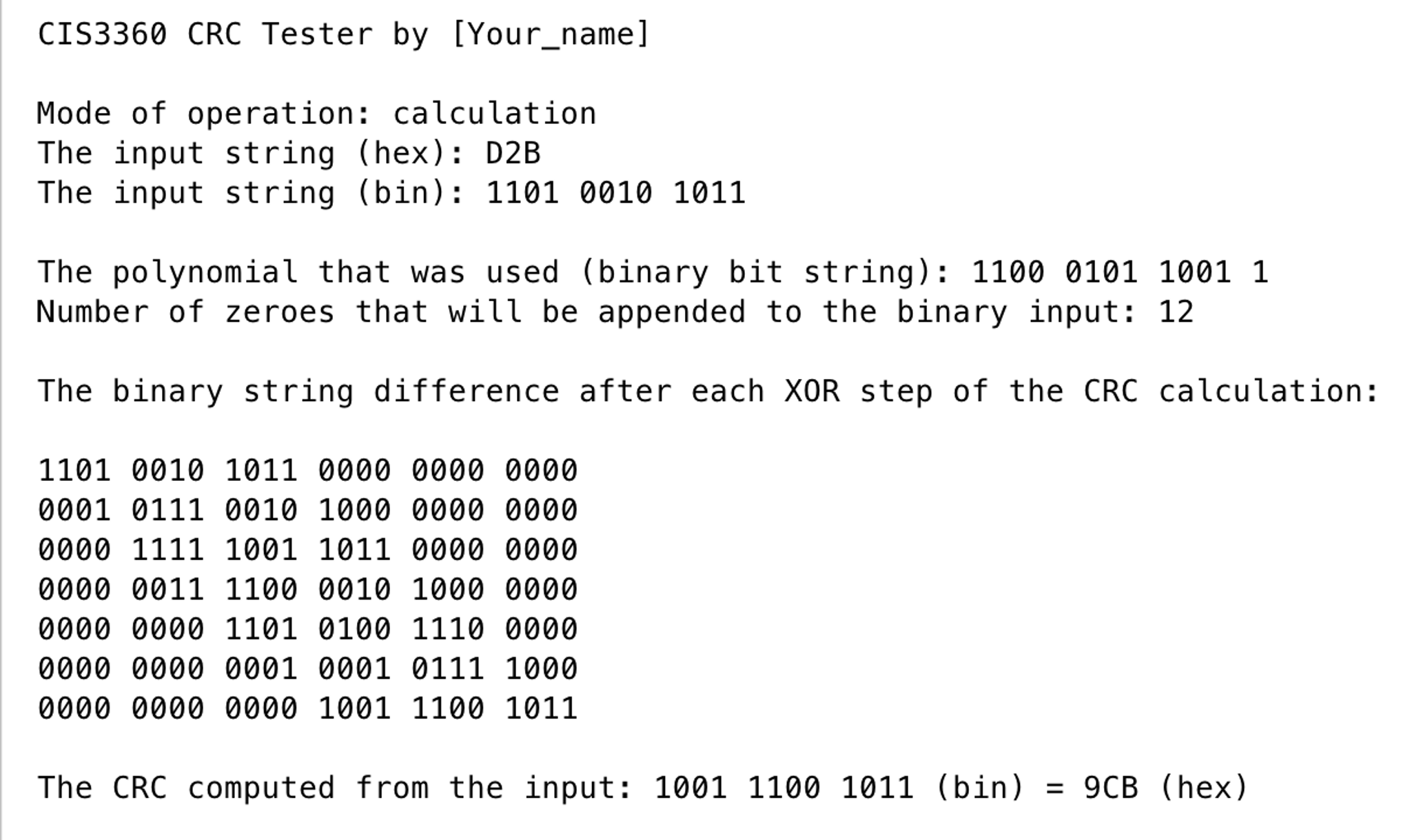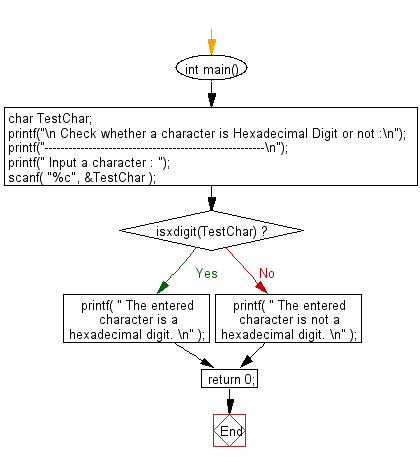

#How to write c code in hexidecimal how to
So we now know how to convert 4 binary digits into a hexadecimal number. For example, the previous hexadecimal number is expressed as: D5CF 16 Counting using Hexadecimal Numbers In order to distinguish Hexadecimal numbers from Denary numbers, a prefix of either a “#”, (Hash) or a “$” (Dollar sign) is used before the actual Hexadecimal Number value, #D5CF or $D5CF.Īs the base of a hexadecimal system is 16, which also represents the number of individual symbols used in the system, the subscript 16 is used to identify a number expressed in hexadecimal. Then the main characteristics of a Hexadecimal Numbering System is that there are 16 distinct counting digits from 0 to F with each digit having a weight or value of 16 starting from the least significant bit (LSB). Similarly, converting hexadecimal based numbers back into binary is simply the reverse operation. So by dividing a long length of binary digits into groups of 4, starting from right to left, we can convert them into hexadecimal notation and present the same digital number using fewer digits and with a much less likelihood of an error occurring.

Using the original binary number from above 1101 0101 1100 1111 2 this can now be converted into an equivalent hexadecimal number of D5CF which is much easier to read and understand than a long row of 1’s and 0’s that we had before. The numbers 0 to 9 are still used as in the original decimal system, but the numbers from 10 to 15 are now represented by capital letters of the alphabet from A to F inclusive and the relationship between decimal, binary and hexadecimal is given below. This makes conversion between binary and hexadecimal numbers very easy, and hexadecimal can be used to write large binary numbers with much fewer digits. Thus two hexadecimal numbers are required to produce one full-byte ranging from 00 to FF.Īlso, since 16 in the decimal system is the fourth power of 2 ( or 2 4 ), there is a direct relationship between the numbers 2 and 16 so one hex digit has a value equal to four binary digits so now q is equal to “16”.īecause of this relationship, four digits in a binary number can be represented with a single hexadecimal digit. As 4-bits are also required to produce a hexadecimal number, a hex digit can also be thought of as a nibble, or half-a-byte. We remember from our first tutorial about Binary Numbers that a 4-bit group of digits is called a “nibble”. Don’t forget that “ 0” is also a valid digit. By dividing a binary number up into groups of 4 bits, each group or set of 4 digits can now have a possible value of between “ 0000” (0) and “ 1111” ( 8+4+2+1 = 15 ) giving a total of 16 different number combinations from 0 to 15. Hexadecimal Numbers is a more complex system than using just binary or decimal and is mainly used when dealing with computers and memory address locations. In the everyday use of the decimal numbering system we use groups of three digits or 000’s from the right hand side to make a very large number such as a million or trillion, easier for us to understand and the same is also true in digital systems. Then in the Hexadecimal Numbering System we use the numbers from 0 to 9 and the capital letters A to F to represent its Binary or Decimal number equivalent, starting with the least significant digit at the right hand side.Īs we have just said, binary strings can be quite long and difficult to read, but we can make life easier by splitting these large binary numbers up into even groups to make them much easier to write down and understand.įor example, the following group of binary digits 1101 0101 1100 1111 2 are generally much easier to read and understand than 1101010111001111 2 when all the binary number are bunched up together. , fifteen are replaced with capital letters of A, B, C, D, E and F respectively. To get around this tricky problem hexadecimal numbers that identify the values of ten, eleven. For example, if we write 10 in hexadecimal, do we mean the decimal number ten, or the binary number of two (1 + 0). However, there is a potential problem with using this method of digit notation caused by the fact that the decimal numerals of 10, 11, 12, 13, 14 and 15 are normally written using two adjacent symbols.

In other words, there are 16 possible digit symbols. The “Hexadecimal” or simply “Hex” numbering system uses the Base of 16 system and are a popular choice for representing long binary values because their format is quite compact and much easier to understand compared to the long binary strings of 1’s and 0’s.īeing a Base-16 system, the hexadecimal numbering system therefore uses 16 (sixteen) different digits with a combination of numbers from 0 through to 15.


 0 kommentar(er)
0 kommentar(er)
